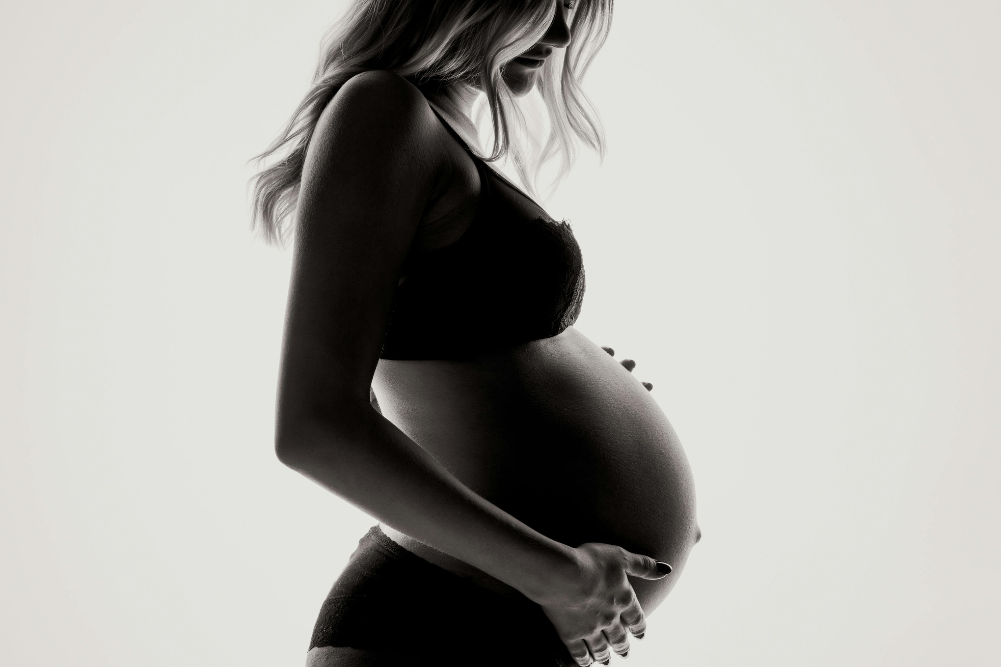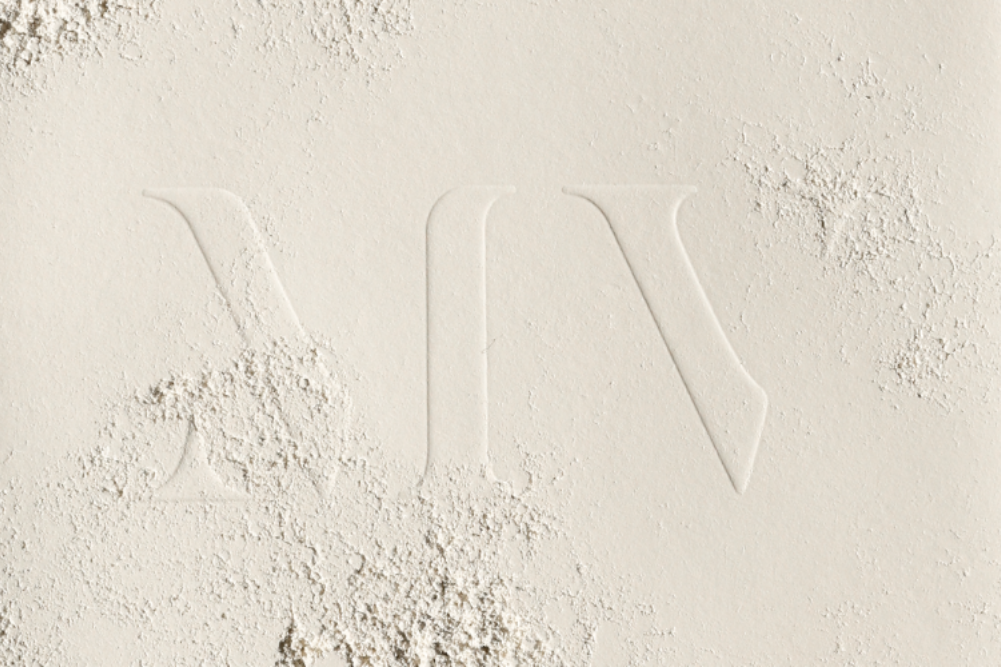The truth about organic skincare
As ambassador for the Biological Farmers of Australia in organic skincare, I receive lots of questions regarding the integrity of ingredients in skincare products. How do you know if a product is truly natural or organic?
The good news is that regulations around the use of the word “organic”* in skincare products in Australia have recently tightened to ensure there is less greenwashing and more honesty when it comes to claiming a product is organic. Until now, companies producing non-organic products could still make claims that their products were organic — just not “certified organic”.
The word “organic” is, thankfully, no longer permitted to be bandied around in the description or the name of the product unless it has been certified by a registered certifying body such as the ACO (Australian Certified Organic), NASAA (National Association for Sustainable Agriculture, Australia), ECOCERT (a French certifying body) or the OFC (Organic Food Chain).
It may take some time for this transition to take place — for the certifying bodies to carry out audits in all the companies making organic claims. So, for the moment, if you want to ensure you are getting the real deal, look out for products that are “certified organic”.
I am thrilled by this for ethical reasons but also for personal reasons, too, as when my husband buys organic shampoo, he usually returns with some very bright generic-looking bottle from the supermarket that is trading under the name of “organic” something or other, but really is nothing more than a horrible chemical cocktail. When I complain, he shrugs, “Well, it says organic.”
Certified organic products are usually more expensive than just natural (non-organic) products and way more expensive than mass-market synthetic products. This is mostly because raw organic ingredients are often more expensive to purchase by the manufacturer. Hopefully, as demand grows and supply increases, this won’t always be the case.v When it comes to buying natural products, unfortunately there are no regulations in terms of “certified natural” and it’s difficult for the average person who is not a chemist, scientist or herbalist to decipher the good from the bad and the natural from the not so natural. It can be super frustrating navigating one’s way through this labyrinth of jargon and greenwashing.
There are many good natural products on the market, but then there are many poor products that claim to be natural. A few ingredients popularly used in skincare products have been under public scrutiny in recent years — blacklisted for their potential toxicity or because they may cause skin irritation — but these are few compared with the vast amount of questionable ingredients still found in many skincare products. Skincare companies are shrewdly referring to these newly unfashionable ingredients as part of their “pure and natural” marketing push — many products now read “free of parabens and sodium lauryl sulfate”, for instance.
But the irony is that many of these products contain far worse ingredients. Parabens have become the black sheep of the preservative world, yet hydromethylglycinate, a widely used and accepted preservative in many “natural” products (but not allowed in certified organic products), is a formaldehyde donor. I wonder if I would prefer parabens if I had to choose between the two. Ideally neither, though.
“Naturally derived” is another misnomer in so-called natural skincare products. Hydromethylglycinate is marketed under the green banner as a naturally derived ingredient, but it is far from natural. Arguably, every synthetic object on this planet, including plastic and other dubious substances, are naturally derived — ie they once came from a natural source.
Coco betaine is a surfactant, or lathering agent, used in many “natural” products (though not allowed in certified organic products) and a popular replacement for commercially snubbed sulfates. But is coco betaine any better for you than sulfates? I’m not so sure. It is “naturally derived” from coconuts, but have you ever seen any part of a coconut lather? It really is drawing a long bow to call coco betaine a coconut product.
If your skincare products claim to be natural but you are unsure about an ingredient, become your own scientist. Start by looking at the Environmental Working Group’s website, Skin Deep, to check out the toxicity profile of the ingredients in your skincare. (www.cosmeticsdatabase.com)
The other general rule is if the ingredients list looks more like a chemistry class (with super-long chemical-sounding names) than a biology class (with super-long botanical-sounding names), the product may not be so natural after all.
Re-educating consumers (and getting them to accept) how truly natural products behave can help reduce the amount of chemicals in skincare by diminishing demand for them. Consumers desire body washes and shampoos that lather with big impressive bubbles, yet they don’t want synthetic chemicals. For a large lather, chemicals often need to be employed. Natural lathering agents such as yucca and soapwort will not lather like coco betaine or the infamous sulfates. But they are kind, gentle and nutritious on the skin.
Unrefined vegetable, nut and fruit oils such as coconut oil and sweet almond oil make fabulous cleansers, but through mass exposure to foaming commercial cleansers, consumers don’t associate oil with cleanliness. Women have been cleansing with oils in various cultures for centuries. Oils lift dirt and nourish and soften the skin and are rich in vitamins, antioxidants, minerals and other skin-loving nutrients. Massage into the skin and remove with a damp cloth. (When using in the shower, be careful as oil can make the recess very slippery!)
Alternatively, use the following great recipe that boasts a smooth and gentle lather. Castile soap is a natural soap with a high content of olive oil. Enjoy!
Castile soap cleanser
- Ingredients
- 80ml castile soap
- 20ml unrefined vegetable oil of choice
- 20 drops essential oil of choice
Method: Mix together well and store in a bottle. Should last for up to six months.
*What makes a product organic? Different certifying bodies have different standards, but the general rule is “completely natural with mostly organic ingredients (from 70 per cent to 95 per cent) and no synthetic ingredients (with the exception of potassium sorbate, a food-grade preservative)”. The ACO’s standards (arguably the most stringent certifying body in Australia) are: Organic products must be 100 per cent natural and 95 per cent made up of organic plant ingredients — and the formulation must be completely free of synthetic ingredients.







